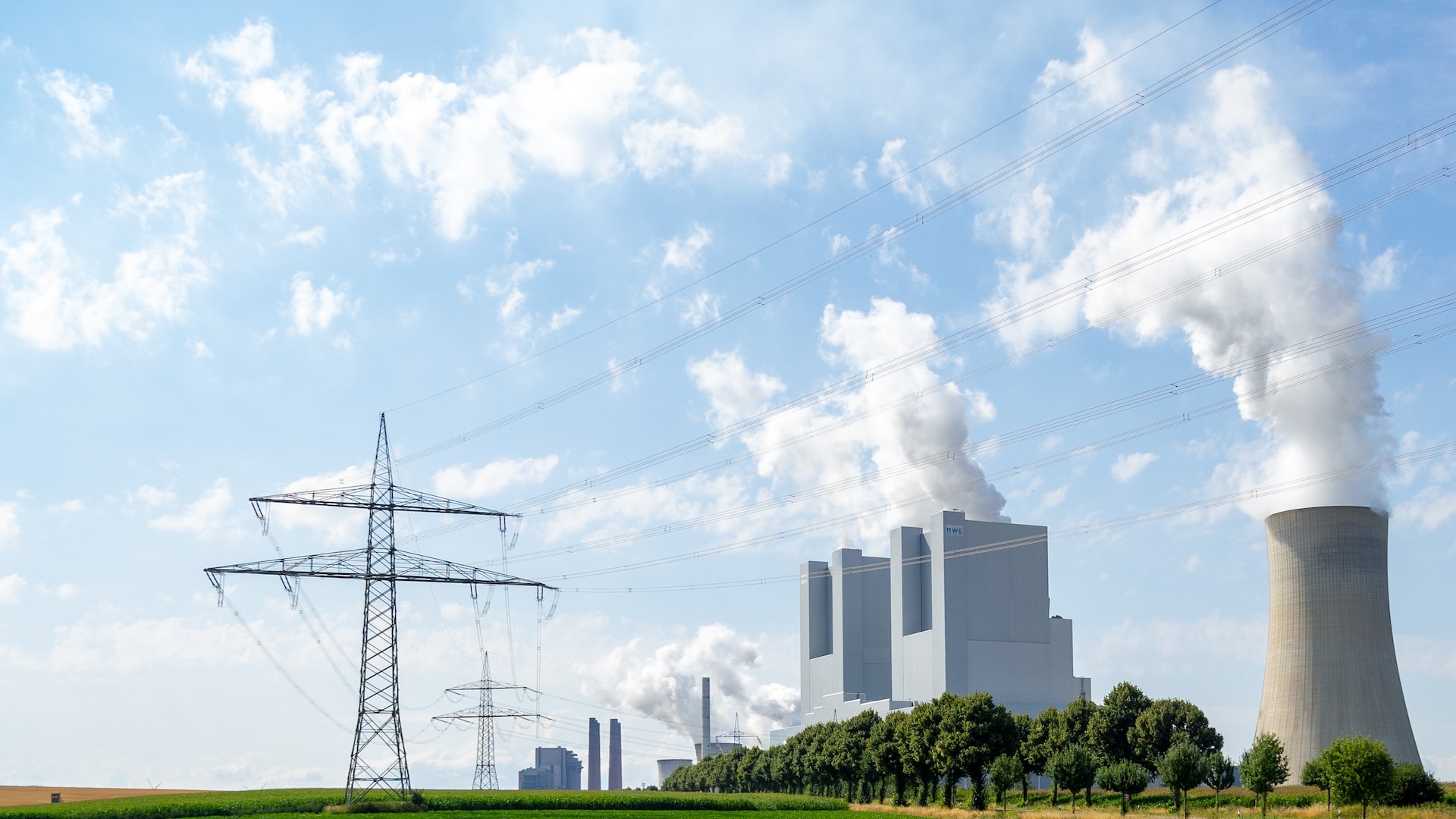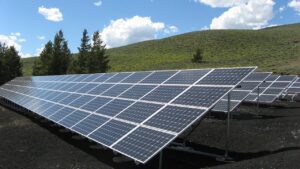Electricity is a universal form of energy. Its advantages include the easy transmission over long distances and the convenience of use by consumers. In order to generate electricity, power plants are used, in which different types of energy are converted into electrical energy. It’s possible to divide all types of power plants can be divided into two unequal groups: traditional, which is the vast majority, and non-traditional. The latter is significantly inferior to the former in terms of power and prevalence, but they have the advantage of being harmless to the environment.
Traditional types of power plants are thermal (TPP), nuclear (NPP), and hydroelectric (HPP). Non-traditional power plants use solar radiation, wind power, tides, sea currents, geothermal heat, and other renewable energy sources to generate electricity. Their share in electricity generation in OECD countries is steadily increasing and will reach 20% in the near future. This new trend, along with energy saving, should make a substantial contribution to the improvement of the environment. 38 countries are OECD members, but it is possible for you to get acquainted with advanced technologies in the field of construction and operation of power plants in any language, if you order the translation of documentation from a translation agency https://translation.center/de that specializes in translations in industrial sectors, including electrical engineering.
Thermal power plants (TPP)
This type of power plant is the most widespread. In developed countries, thermal power plants produce 70-75% of electricity. Thermal power plants got their name due to the primary source − the thermal energy of fuel combustion:
• natural gas;
• coal;
• peat;
• diesel or gasoline fuel.
The generation of electricity at thermal power plants is carried out using gas turbines or steam turbines. In the latter, the heat of the burnt fuel heats up the water vapor, and its jets rotate the turbine, thereby generating an electric current. Waste steam heat can be used to heat water supplied to the heating and hot water supply networks. Such thermal power plants are called CHP − combined heat and power plants.
Unlike other types of thermal power plants − condensing power plants (CPPs), CHPs are built near settlements − closer to heat consumers. This creates some problems for the population, since CHP plants are among the main air pollutants. The location of the thermal power plant, taking into account the wind rose, the use of new technologies to reduce harmful emissions, and energy saving help to solve this problem.
Hydroelectric power plants (HPP)
Their share in the electric power industry of a single country varies from 5 to 35%. The primary source of energy in a hydroelectric power station is the energy of falling water. The pressure of water jets on the turbine blades forces it to rotate; the generator converts this rotation into electric current. The main advantages of hydroelectric power plants are the low cost of electricity, as well as the environmental friendliness of production.
However, this can only be confirmed with reservations. Firstly, the low cost of electricity is obtained only after the cost of building a hydroelectric power station has been repaid. When it comes to hydroelectric power plants on lowland rivers, the cost of building a dam and the damage from flooding the land are often so high that the payback period stretches for decades. Secondly, such gross interference in the environment does not pass without a trace for nature.
Therefore, it makes sense to build new hydroelectric power stations only on fast mountain rivers, and leave the blocking of lowland waterways by dams in the past, as a tribute to the Soviet habit of “giant-mania”. Now the focus is put on economic feasibility, not records. New economic trends are aimed at energy saving and environmental friendliness, and this has largely affected the approach to the construction of hydroelectric power stations. Research and technical documentation will help in studying the experience of advanced countries in this matter. You can order translation of documentation from English, German, and French at a professional translation agency https://translation.center/de-uebersetzungsbuero-hamburg.
Nuclear power plants (NPP)
This type of power plant generates about 10% of the world’s electricity. The primary source for the generation of electricity at nuclear power plants is the thermal energy of a nuclear reaction during the fission of uranium in a nuclear reactor. Attitude towards nuclear power plants over the past decades has changed from the glorification of the “peaceful atom” to a phobia at the state level, as a result of which many nuclear power plants in European countries were closed. This was the result of the accident at the Chernobyl nuclear power plant, which caused a large-scale environmental disaster.
If the danger of emergency situations is excluded and the problem of storage of nuclear waste is solved, then nuclear power plants, unlike thermal ones, practically do not pollute the environment and at the same time significantly exceed the latter in terms of power and productivity. These advantages do not allow abandoning this type of power plants, a more rational way is to search for new technologies that can maximize the safety level of nuclear power plants and reduce the risks of accidents. Certain progress has already been achieved in this direction, which makes the prospects for the development of nuclear energy promising.


